This is the third International Congress of Byzantine Studies to be held in Italy, a full seventy years since the last edition hosted by our country. On this occasion too, through a strange twist of fate, we find ourselves in a situation that is far from ordinary from an organizational point of view and also, more generally, from a historical-political perspective.
-President of the Italian National Committee of Byzantine Studies, Antonio Rigo
The strange twist of fate the President of the Italian National Committee of Byzantine Studies, Antonio Rigo referred to in his inaugural speech for the 24th International Congress of Byzantine Studies is that in 2021, for political reasons the congress could not be held in Istanbul and was subsequently moved to Venice.[1] The congress that Rigo commemorates, held exactly seventy years ago, was the 8th iteration in 1951, which was held in Palermo instead of Vienna, again for political reasons. The International Congress of Byzantine Studies is one of the most well-attended organizations in the field, where Byzantine historians come together every five years. For nearly a hundred years, despite being interrupted due to reasons such as wars, it is the organization that has been bringing Byzantine researchers together for the longest time.
If the 2021 congress had been held in Istanbul as planned, it could have been said that all the Istanbul congresses also took place under extraordinary conditions, in line with the speech made by Rigo. The congress, which was held for the first time in Istanbul on September 15–21, 1955, under the sponsorship of state institutions such as the Prime Ministry, Ministry of National Education, and the Ministry of Foreign Affairs, was held only one week after the September 6–7 pogrom.[2] In the summer of 2020, Hagia Sophia, one of the most distinctive architectural heritages of Byzantium, lost its status as a museum, in other words, the quality of being a structure that is open and accessible to various social groups, that has a certain program for its regular maintenance and preservation in Turkey. This in turn meant that the future of the monument was uncertain, and in the following two years, we witnessed various reports regarding the destruction of the structure’s various parts. This change in the status of the monument, which has a central place in Byzantine historiography,[3] would have undoubtedly affected the course of the congress.
Finally, the 24th International Congress of Byzantine Studies began with the opening session at Venice’s La Fenice Theater on August 22 on the back of this change of location. While the head of the International Committee, John Haldon mostly preferred to avoid the details of this problematic relocation, uttering words such as “I am delighted to be able at last to stand here and address you today a year later than planned of course” or “I don’t need to mention of specific examples, because we are all very well aware of them” with reference to the destruction of Byzantine cultural heritage across the world; Paul Magdalino, who has taught in Turkey for years, clearly called for the injustice suffered by participants from Turkey to be remedied as soon as possible (fig. 1). In other words, Magdalino encouraged the organization of the congress in Istanbul at the earliest opportunity.[4]
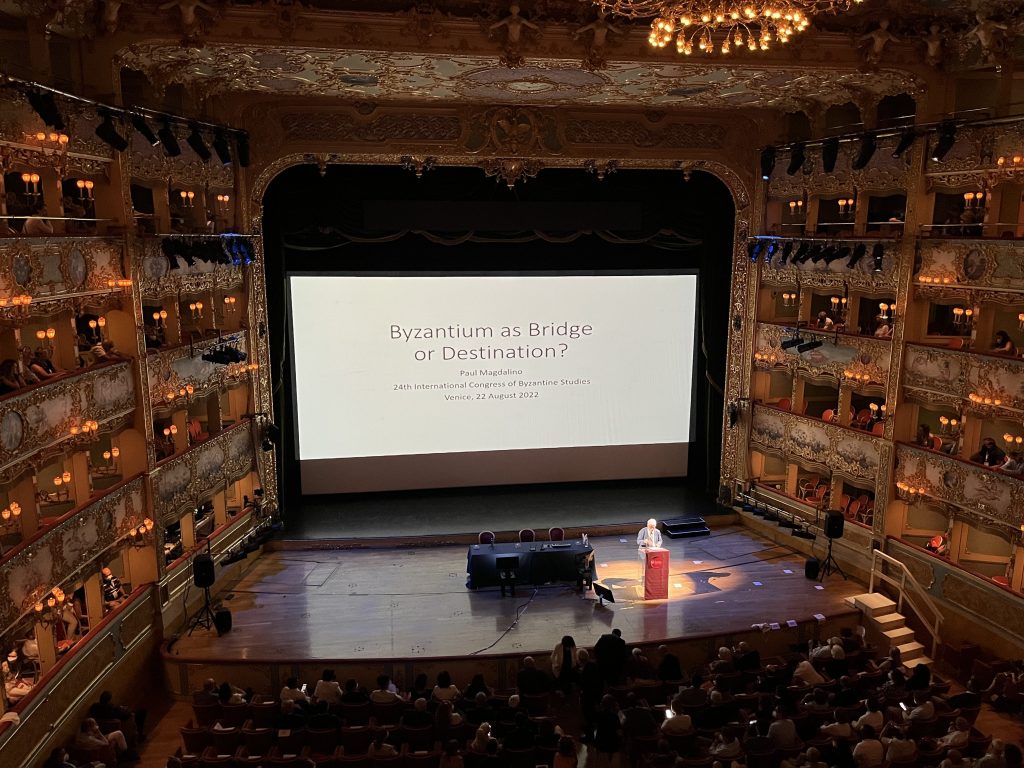
Figure 1. Paul Magdalino’s first slide during his speech at the inauguration of the congress at La Fenice Theater on the morning of August 22.
The Venice leg of the congress took place in the form of speeches, poster presentations, publisher booths and digital exhibitions in and around the stone structures in the courtyard of the San Giobbe campus of Ca’ Foscari University. Located in the northwest part of the city, just south of the Jewish quarter, the campus and the dormitories are situated right on the edge of this city, which has clear geographical boundaries (fig. 2). The building was converted from a slaughterhouse established in the nineteenth century in the region precisely because of its location on the city’s edge. Coming together in this particularly marginal region—amplified by both the function (slaughterhouse) and the social status (Jewish quarter)—for the Byzantine studies congress could also be considered suitable because of Byzantium’s somewhat outcast status in historiography.
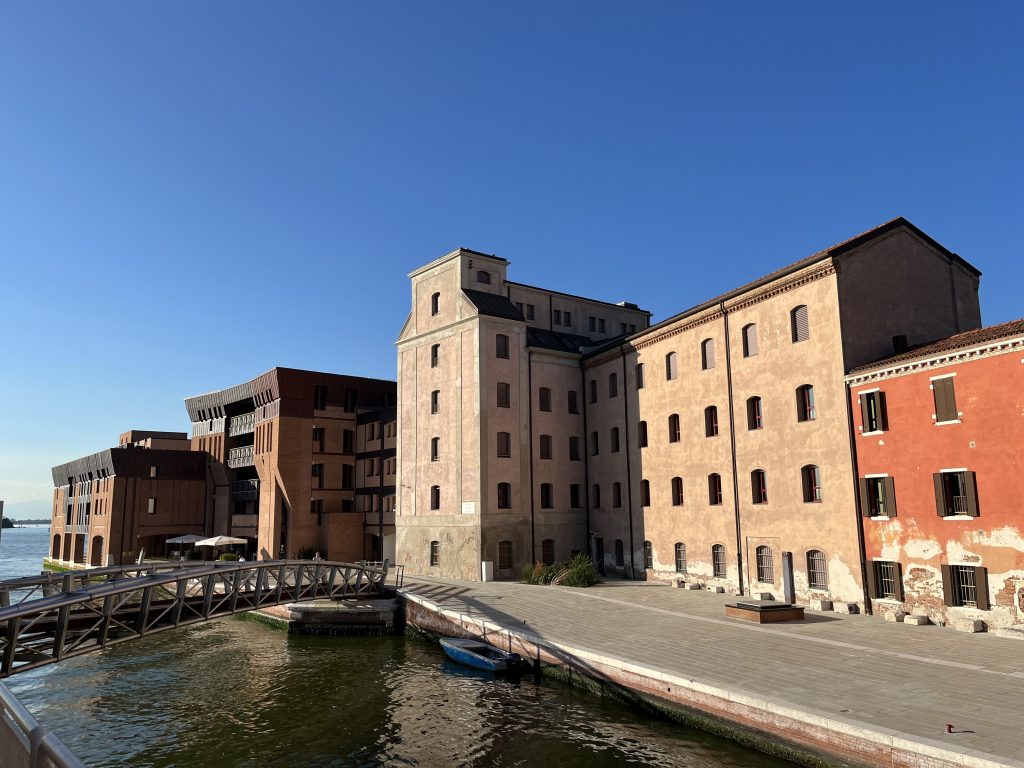
Figure 2. A view of the San Giobbe campus of Ca’ Foscari University from the southeast.
Gathering in Venice, a second Byzantium,[5] as first announced by Cardinal Bessarion (1439–1472), and as Rigo also underscored with the title, “Byzantium – Bridge between Worlds,” offered the opportunity to experience the material culture associated with Byzantium beyond the congress for Byzantine researchers. Most participants likely visited St. Mark’s Basilica, which is thought to be a model of the nonextant church of the Holy Apostles in Istanbul, and the spolia from Constantinople found around it (fig. 3). Those who have had the opportunity, must have seen the mosaic—reminiscent of the Chora mosaics—on the western wall of the Cathedral of Santa Maria Assunta on the nearby island of Torcello, containing the scenes of Anastasis and the Last Judgment (fig. 4). While walking on one of the main streets of the city, they may have passed the church dedicated to St. Chrysostomos, whose relics are in the Patriarchate in Fener. Those, like me, who have taken advantage of the fact that the congress coincided with the 59th Biennale, may have encountered the Theodora mosaic (fig. 6), adorning the octagonal dome in the Central Pavilion (fig. 5).
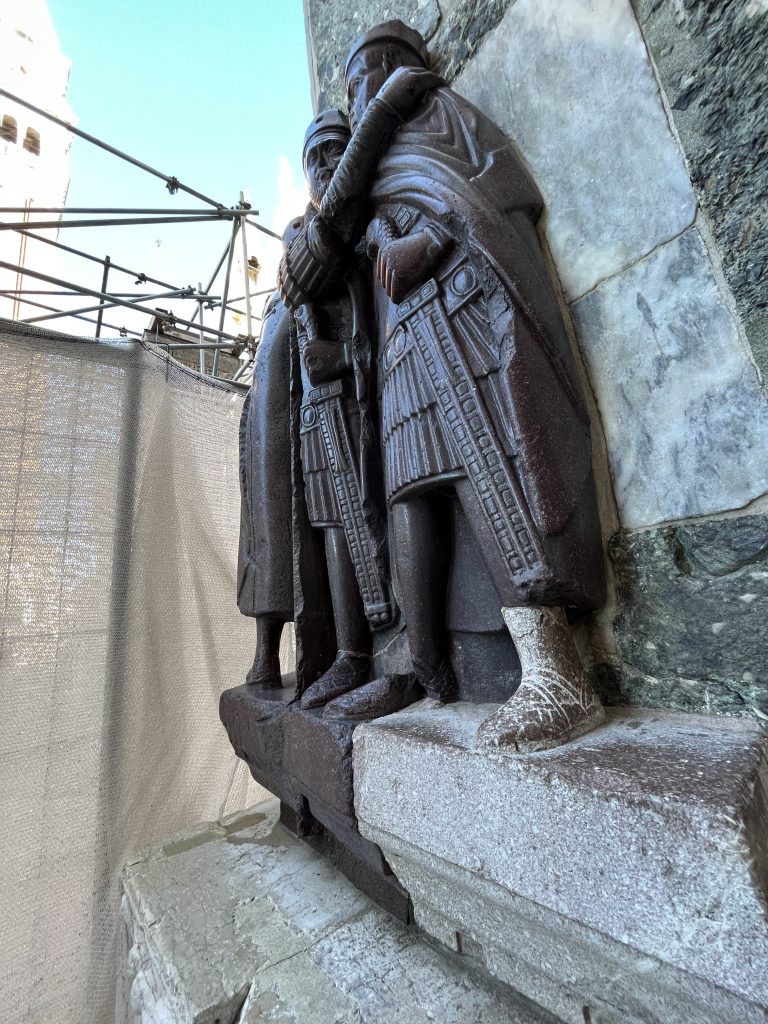
Figure 3. Statue of the Porphyry Tetrarch sacked from Constantinople in 1204. The missing left foot was found during the 1965 excavation of Myraleion.

Figure 4. Santa Maria Assunta, Torcello, west wall, Anastasis and Last Judgment scenes. https://flic.kr/p/MJ7drv (accessed on 06.10.2022)
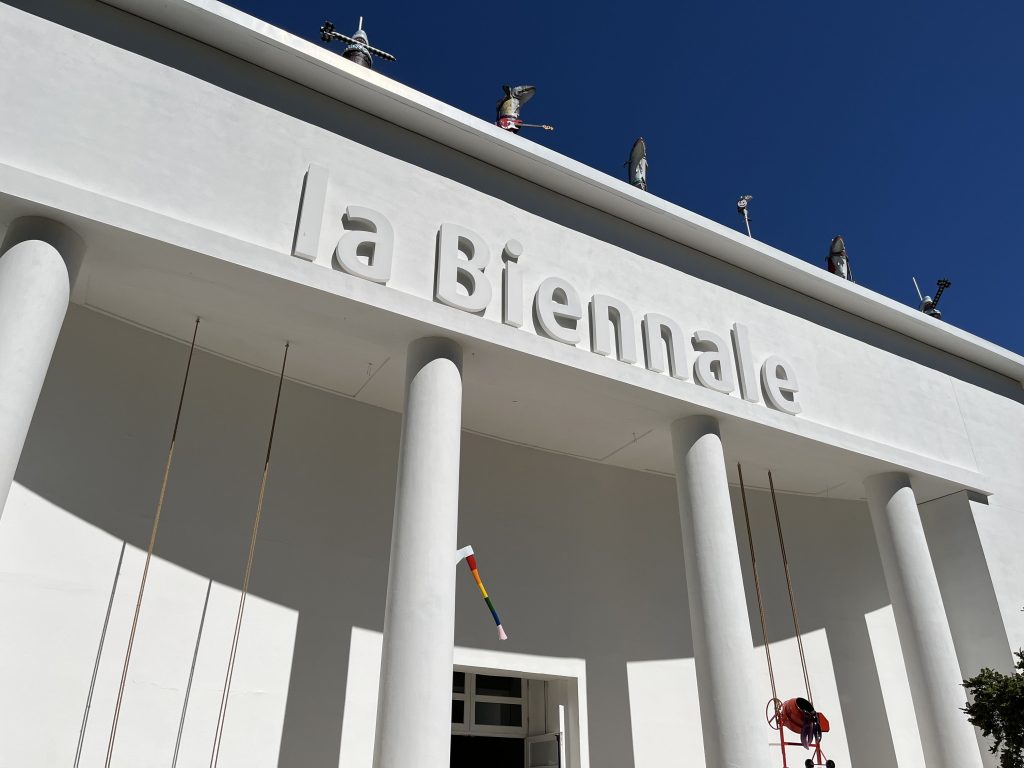
Figure 5. The façade of the Central Pavilion at the Giardini della Biennale, by Duilio Torres (1932). The building, designed by Enrico Trevisanato, was opened in 1894 as Pro Arte.

Figure 6. Detail of Theodora in the dome decoration of the Central Pavilion by Galileo Chini.
While this and various similar encounters recall the city’s bond with Byzantium, contemporary Istanbul could not be easily forgotten. The sentence Italo Calvino had Marco Polo say in Invisible Cities “Every time I describe a city, I am saying something about Venice” permeated my Venice trip in the opposite direction. The close relationship of the people with pigeons and seagulls (fig. 7), the resemblance of the San Zaccaria pier strip to Karaköy (fig. 8), and the fact that tourists and immigrants have different experiences in the same places, were all reminiscent of Istanbul.
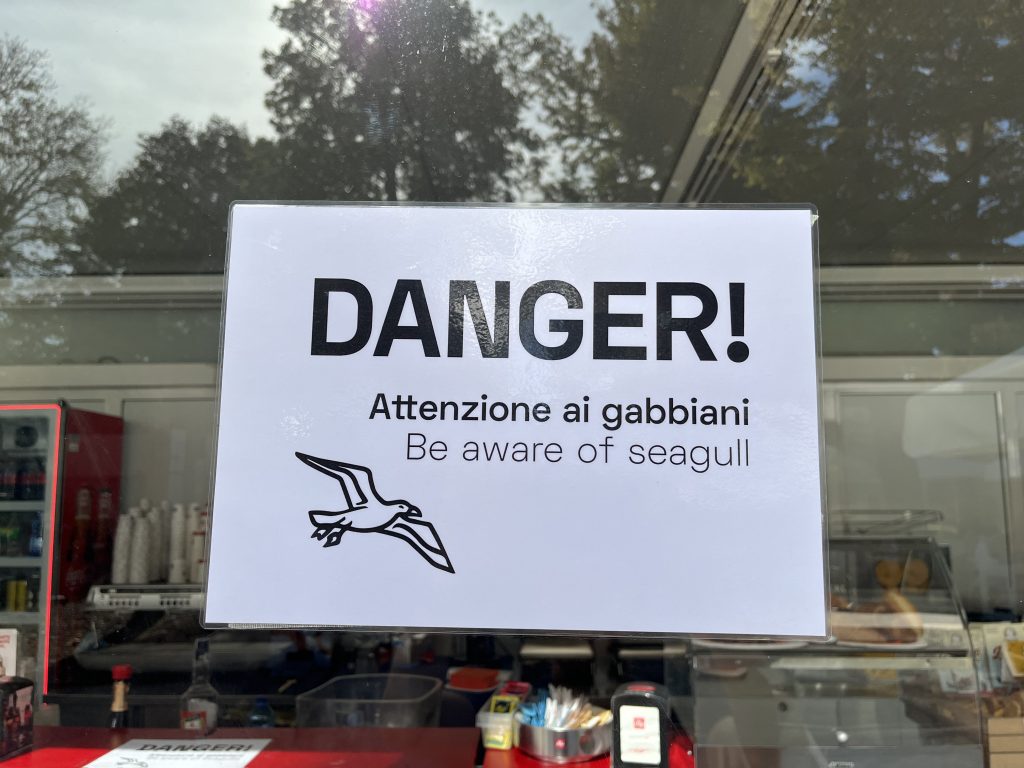
Figure 7. The notice on the window of one of the kiosks in the Giardini della Biennale: “DANGER! Be aware of seagull”
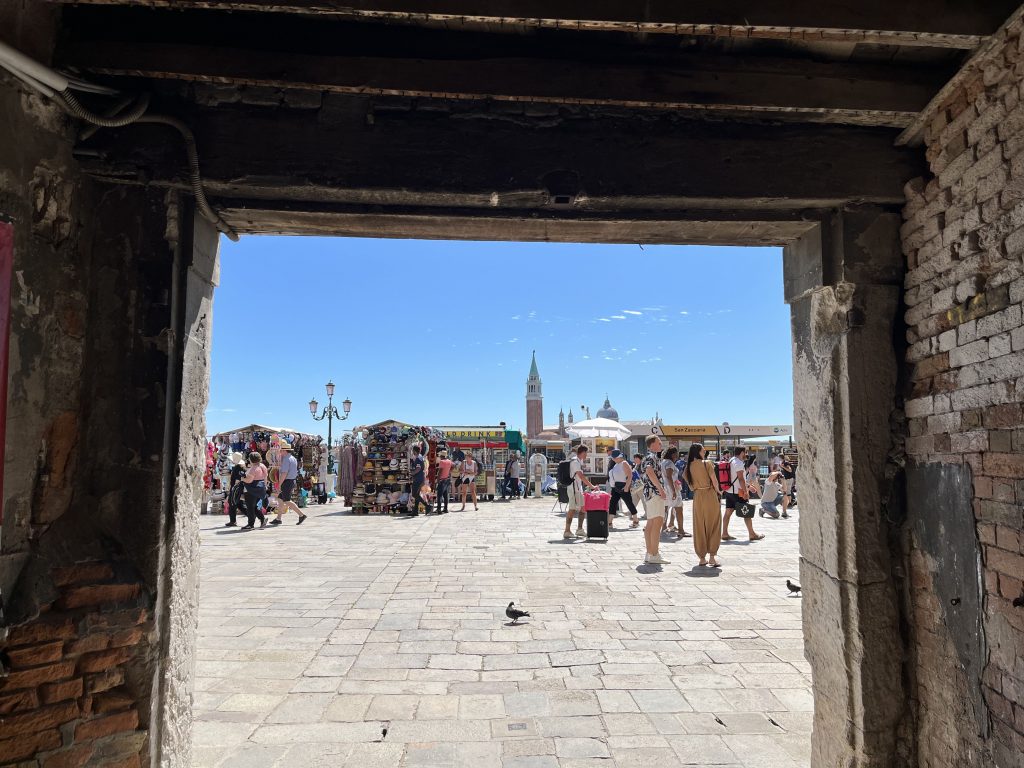
Figure 8. Exit to the San Zaccaria piers.
An overview of the congress program immediately reveals that the field has expanded into many disciplines.[6] Alongside classical archaeological and textual studies, digital humanities were at the forefront. Moreover, areas such as approaches of environmental history, feminist historical readings, representations of Byzantium outside of modern historiography were also included in the program. Early career researchers and established names giving papers on similar topics in the same sessions, and sometimes even convening the sessions together, was an encouraging sight, indicating that the hierarchies within the field are not so rigid. On the other hand, the international character observed upon the examination of the list of speakers in each session, hence the collaborations, makes one question the function of the organizing structure of the congress consisting of national committees.
Thanks to the cooperation and creativity of the organizers in Italy, the projects conceived by many research institutions and academics for a would-be-Istanbul-congress were able to find a place for themselves despite the relocation of the congress from Istanbul to Venice. The projects produced in Turkey that could be transferred to digital media were available to visitors in a hall of the congress area under the title of Digital Byzantium.[7] From Istanbul to Byzantium: Paths to Rediscovery, 1800–1955 and “What Byzantinism Is This in Istanbul!”: Byzantium in Popular Culture which was open to visitors between November 2021 and March 2022 at the Pera Museum, could also be visited in this area with virtual reality headsets. In addition, organizers could convene at a large panel where they were able to share ideas behind their projects with the congress participants.

Figure 9. Anyone who would like to access wireless Internet in the area where the book stands and poster presentations were located had to stop by the booth where the brochures of the Istanbul Research Institute, Pera Museum, ANAMED, Gabam and Liverpool University Press were located.
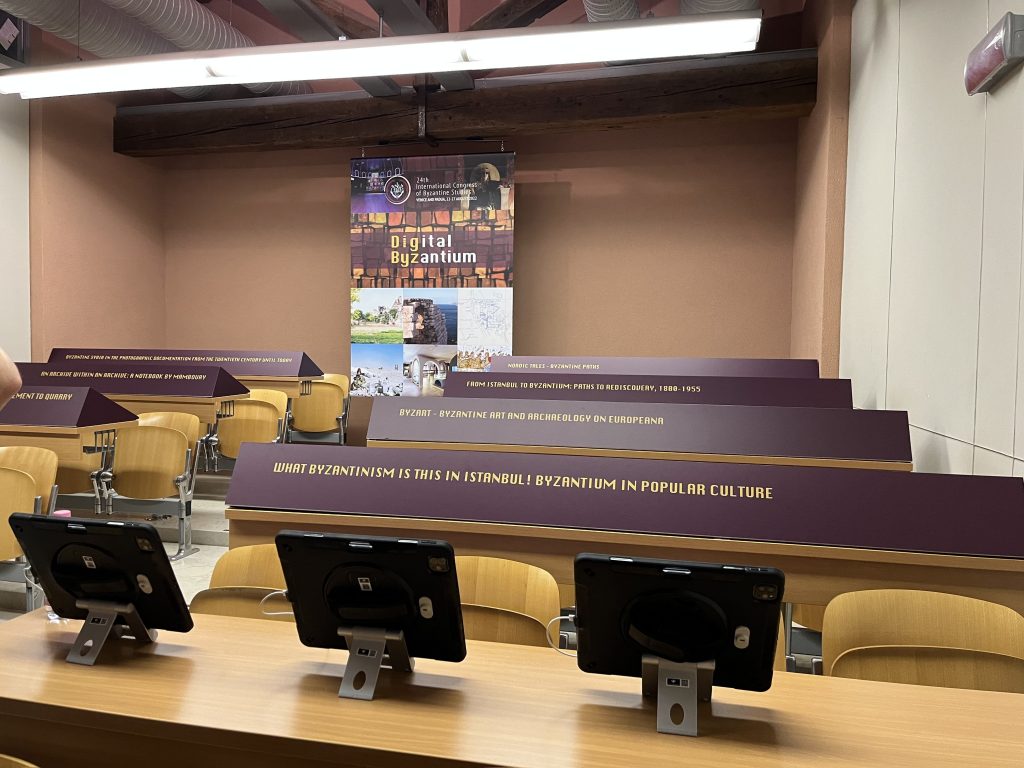
Figure 10. A view of the area where all exhibitions participating in Digital Byzantium could be viewed.

Figure 11. A view from the Digital Byzantium panel (Photo: Brigitte Pitarakis).

Figure 12. Detail from Müge Yılmaz’s installation at the Stirling Pavilion, in Giardini della Biennale, The Adventures of Umay Ixa Kayakızı. The installation is a recreation of Umay’s, a fictitious retired astronaut, library that consists of feminist sci-fi literature. A happy coincidence for me to see this before I spoke about the reception of Byzantine history in speculative fiction.
Those who were most negatively impacted due to the relocation of the congress from Istanbul to Venice were students and early career researchers studying in Turkey. Despite support from several institutions offered to researchers from Turkey who wanted to attend the congress, only a few had the opportunity to pay the exorbitant visa, registration, travel, and accommodation fees. Perhaps most importantly, students studying in disciplines such as History, Architecture, Archaeology, Art History, Urban Planning, who had planned to follow the congress, were deprived of the opportunity to meet the authors whose work they studied in their classes, to ask them questions and to take part in such an instructive organization. In his opening speech, Magdalino’s visualization of what would have happened if this panel took place in Istanbul establishes an ideal for the academics from Turkey:
It is noteworthy that this theme [Bridge between Worlds] was devised while it was still intended that the congress should be held in Istanbul. In Istanbul, the theme of Byzantium as a bridge between East and West is self-evident, it would have stared us in the face as we assembled in the intended venue, the old building of Istanbul Technical University at Maçka looking across the Bosporus to Asia.
Emir Alışık, Istanbul Research Institute / PhD Candidate, Art History Department, Istanbul University.
Translation: Neylan Bağcıoğlu
Proofreading: Miray Eroğlu
[1] See the interview with the president of the Turkish National Committee for Byzantine Studies, late Melek Delilbaşı: Melek Delilbaşı, “24. Uluslararası Bizans Çalışmaları Kongresi, 23-28 Ağustos 2021, İstanbul (ICBS 2021), Neden Olmadı, Olamadı?” Melek Delilbaşı ile Söyleşi, interview by Buket Kitapçı Bayrı, Toplumsal Tarih 348 (December 2022).
[2] For detailed information on the 1955 Congress, see Buket Kitapçı Bayrı, “The 10th International Congress of Byzantine Studies, Istanbul, September 15–21, 1955,” YILLIK: Annual of Istanbul Studies 1 (2019): 123–144. https://doi.org/10.53979/yillik.2019.7
[3] For a critical look at the significance of the building in historiography, see: Roland Betancourt, “The Monuments We Privilege, or, How to Write an Ethical History of Byzantium,” YILLIK: Annual of Istanbul Studies 3 (2021): 171–176.
[4] For the inaugural speeches at La Fenice, see https://youtu.be/2se-A8vpLgw (accessed on 06.10.2022)
[5] What is being referred to is Constantinople.
[6] For the program of the congress and abstracts, see: https://byzcongress2022.org/programme/ (access date, 25.10.2022)
[7] All the exhibitions can be accessed here: https://byzcongress2022.org/digital-byzantium/#exhibitions (access date, 06.10.2022)